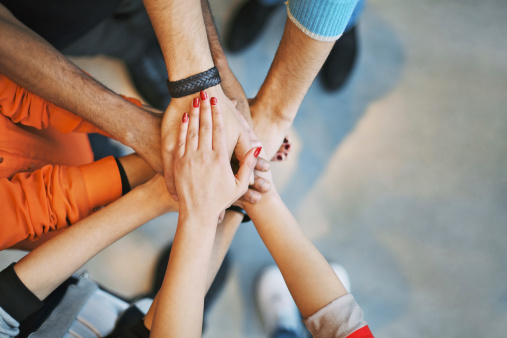In the history of the world, young people have frequently been leaders in social movements to transform societies. Think of the Free Speech Movement. The Anti-Apartheid Movement. The Arab Spring. Consider the Dreamers, youth who in their demands for The DREAM Act, have forged new ground in the national dialogue on immigration.
When it comes to summoning a revolution in healthfulness, where are the youth? And where will the experience and insights of young people take us now and later, as they become decision-makers?
A new discussion paper presented in September at the Institute of Medicine Roundtable on Population Health Improvement focuses on these questions. The Power of Youth in Improving Community Conditions for Health is filled with examples of youth organizers who are playing leading roles in tackling barriers to health and opportunity:
- Through the nonprofit organization InnerCity Struggle in Los Angeles, Calif., a core group of 45 high school students with extensive training now facilitate campus clubs that promote healthier conditions in their schools and communities, an extension of the organization’s 20-year history of community-based empowerment for educational opportunity (p. 2).
- At Jóvenes SANOS , a youth advocacy project based in Watsonville, Calif., student activists focus on transforming their physical environment. Corner markets have become Health Zones. Bike trails have been built. Restaurants have been persuaded to offer healthier options. Thanks to the initiative of the Jóvenes, even vending machines are about to get healthier in Santa Cruz County (p. 3-5).
- A new network called Pre-Health Dreamers has formed to help meet the rising demand for a diverse health care workforce by convincing graduate and professional schools not to discriminate against applicants who are undocumented (p. 7).
The paper also mentions two recent developments in policy-making that may prove transformative. Over the past decade, young people have helped usher in sweeping changes to school discipline policies. As a result, new laws in California are likely to lessen racial disparities in suspensions and expulsions and keep more children, especially children of color, in school. And organizations like Sons and Brothers and the Alliance of Boys and Men of Color are primed to help make the expansion of opportunity for young men of color a central priority for governments, school districts and even health systems, thanks to the federal My Brother’s Keeper iinitiative thegroup helped inspire.
The Power of Youth in Improving Community Conditions for Health was co-authored by Mary Lou Goeke of the United Way of Santa Cruz County, George Flores of the California Endowment, and Rigoberto Perez, a youth advocate with the organization Jóvenes SANOS and recent recipient of the Culture of Health award from the Robert Wood Johnson Foundation.
One of the authors’ motives is to draw the attention of adults, including researchers, to the fact that young people, with guidance and support, have the power to drive short and long term advances in community health.
“Youth are vital to the cause because they live the everyday reality of their neighborhoods, are knowledgeable of the community’s strengths and vulnerabilities, and understand the workings of culture and the community’s shared values.”
As the field of population health improvement shifts to address more directly the social and environmental factors that preclude health, youth will and should play an increasingly important role in standing for equity and promoting health.




